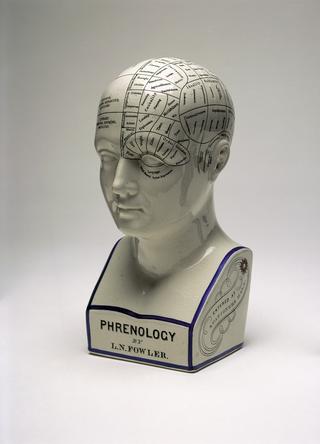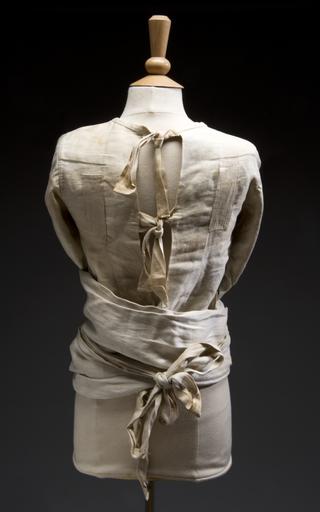
Krohne-type goniometer, London, England, 1860-1926
- maker:
- Krohne and Sesemann




Krohne goniometer, by Krohne and Sesemann, English
A goniometer is used to measure angles of the body such as joint movements. In the 1800s, new instruments were made and new standards applied to measurement of the human body (anthropometry). Data was collected in attempts to classify people according to their physical appearance, which was mistakenly believed to be linked to intellectual abilities.
The instrument was made by Krohne & Sesemann, surgical instrument makers based in London. Krohne invented this type of goniometer. The device belonged to Sir Henry Morris (1844-1926), a British surgeon. A set of Morris’s instruments was presented to the Wellcome collections on his death.
Details
- Category:
- Psychology, Psychiatry & Anthropometry
- Collection:
- Sir Henry Wellcome's Museum Collection
- Object Number:
- A43221
- type:
- goniometer
- credit:
- Carter, M.




